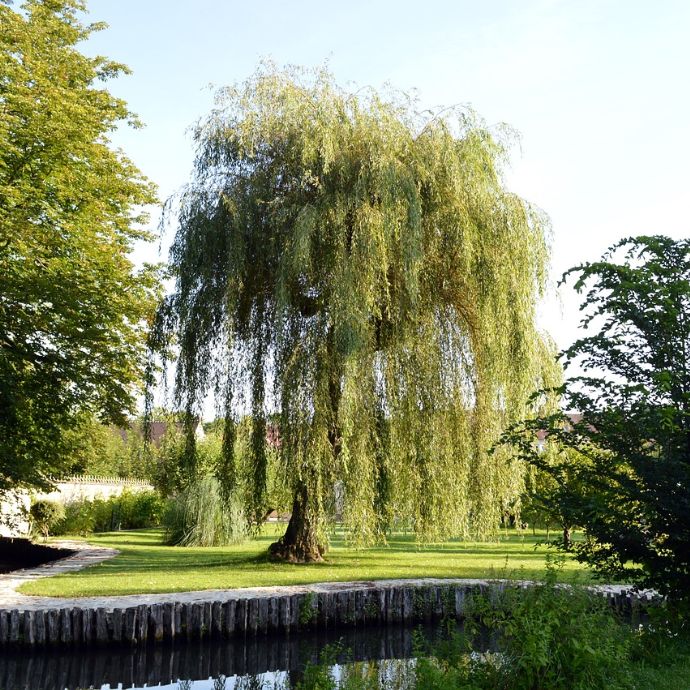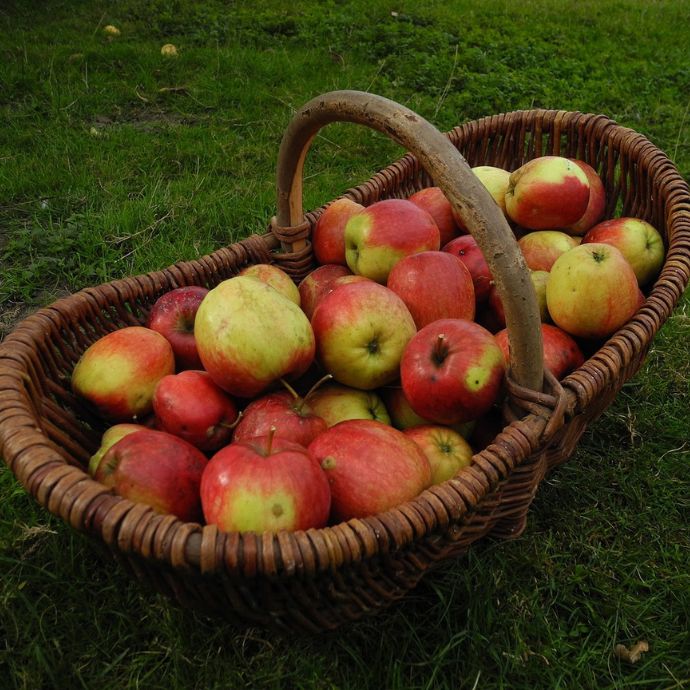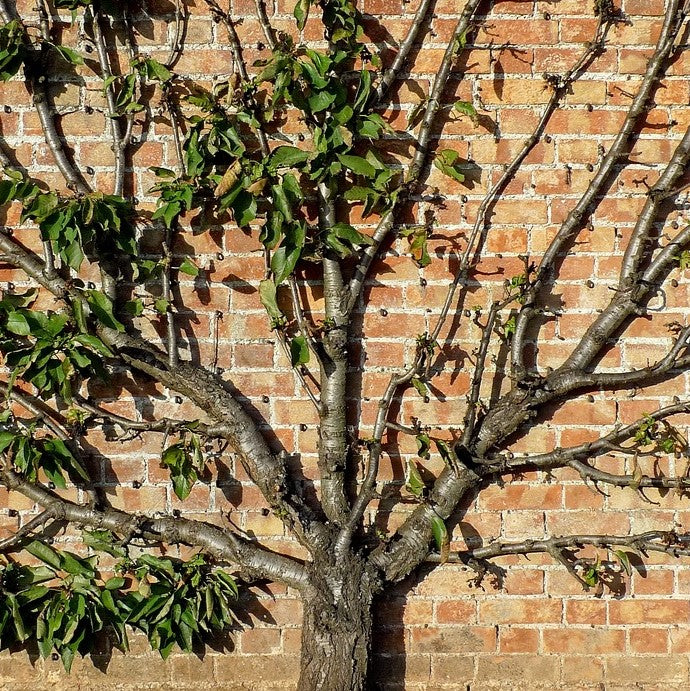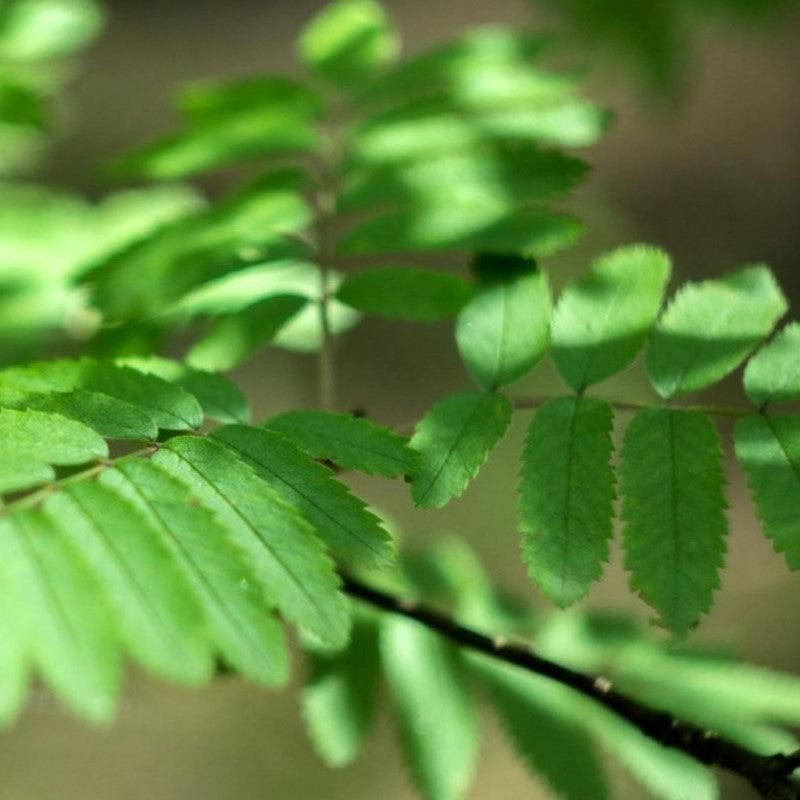Advice & Inspiration
Can You Eat Crabapples?

Crabapple trees (Malus sylvestris) are some of the most attractive little trees you can grow. Compact enough for the smallest garden and extremely hardy, their spring flowers give Cherry Blossoms a run for their money and in the autumn and winter they’re covered in brightly coloured fruits in shades of red, orange, yellow, pink or even purple. These miniature apples look very enticing - but can you eat crabapples or are they just decorative?
Are crabapples poisonous?
Because crabapples are so rarely eaten, a lot of people think they’re poisonous. That’s not the case, however - just like larger apples, they’re perfectly edible as long as you don’t eat the core and seeds. All apple cores contain seeds that have small amounts of cyanogenic glycoside and when this naturally occurring plant compound is metabolised in your body, it’s converted into cyanide. Having said that, the amount of cyanogenic glycoside in crabapple seeds is so tiny that you’d have to eat a lot of them to see any ill effects, so if you do swallow a couple by mistake, don’t worry.
Are crabapples edible?
Crabapples are not usually eaten raw like regular apples, as they can be extremely sour or spongy - so just because it’s safe to eat them doesn’t necessarily mean it’s a good idea. If you do feel like experimenting, or if you’re in a post-apocalyptic world in which the only remaining tree is a crabapple, then go ahead. (Hint: the larger ones taste best - leave anything smaller than a cherry for the birds to eat.) Cooked crabapples are a completely different matter - they’re versatile, delicious and as full of nutrients as their domesticated cousins.
Can dogs eat crabapples?
Eating one or two crabapples won’t usually do your dog (or cat) any harm, but large amounts could lead to serious illness. For the cyanogenic glycoside in the seeds to do any harm, it needs to be released by chewing, but in most cases in animals the seeds are swallowed and so pass harmlessly through them. Having said that, it’s a good idea to clear up any crabapples that fall on the ground, just to be on the safe side and remove temptation - this is also important if you have larger animals such as horses or sheep, which could eat larger quantities of the fruit while grazing. If your pet does show signs of cyanide poisoning (upset stomach, vomiting, panting, breathing difficulties), contact your vet immediately.
What’s the difference between crabapples and regular apples?
Crabapples are the wild version of the domesticated apples we grow for eating. They’re all members of the Malus genus, but while eating apples have been bred over the centuries for size and flavour, crabapple trees have been bred mainly for their decorative value and flowers. Generally speaking, if the fruit is less than 5cm in diameter it’s a crabapple and anything larger than that is just an apple.

What’s the best way to use crabapples?
The general consensus seems to be that crabapple jelly is a must. Eat it with roasts, pies, cheese boards or scones - it’s easy to make and can be stored in sterilised jars for months or even years. You don’t even need to add pectin, as crabapples are naturally high in this natural setting agent. This also means that a handful of crabapples thrown in the jam pan will help other fruit jams and jellies to set.
Are there any other crabapple recipes?
Crabapples are a surprisingly versatile fruit - use them to make wine, pie, crabapple sauce (better than regular apple sauce with meat or cheese dishes) infused vodka or gin and chutney. That’s just the start - these bitesized toffee crabapples are genius!
How do you know when crabapples are ready to pick?
Crabapples are usually ready to harvest between late September and October. To check if your crabapples are ripe, cut one open and look at the pips - they should be dark brown. If you taste the fruit, it should be sour but not nightmarishly sour. Once you’ve harvested them, use your crabapples quickly or freeze them, because they bruise easily.
What else can I do with crabapples?
If you don’t want to eat your crabapples, feed the birds! Leave some or all of your crabapple crop on the branches and you’ll see birds flocking to sample them. Species that particularly love crabapples include thrushes, crows, blackbirds and fieldfares. If you grow eating or cooking apples, a crabapple tree grown nearby will help to pollinate your apples and give you a bigger crop - our fruit growers swear by them!
Are crabapple trees good for wildlife?
As crabapple trees are a native British species, they are a particular favourite of our garden wildlife. They can support over ninety insect species, which in turn provide even more reasons for hungry birds to visit. Their blossoms attract bees, butterflies and other pollinating insects in spring, while small mammals eat their fruit in autumn (if you haven’t made it all into gin).




















